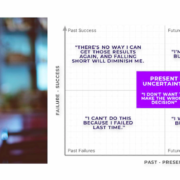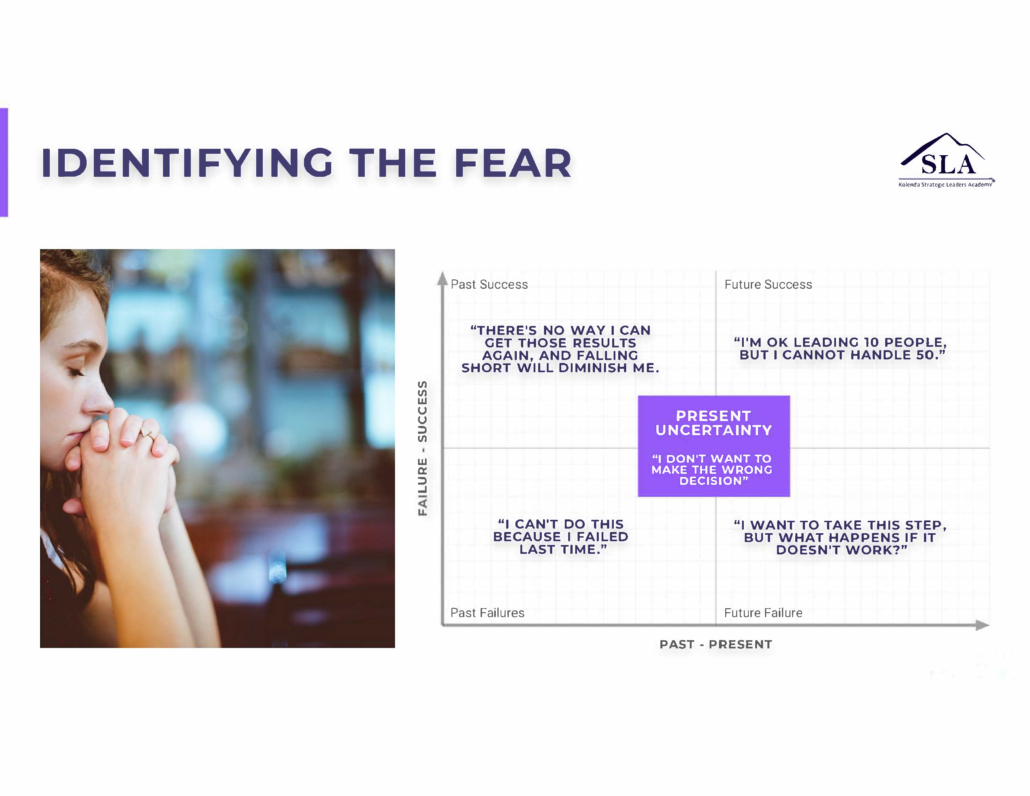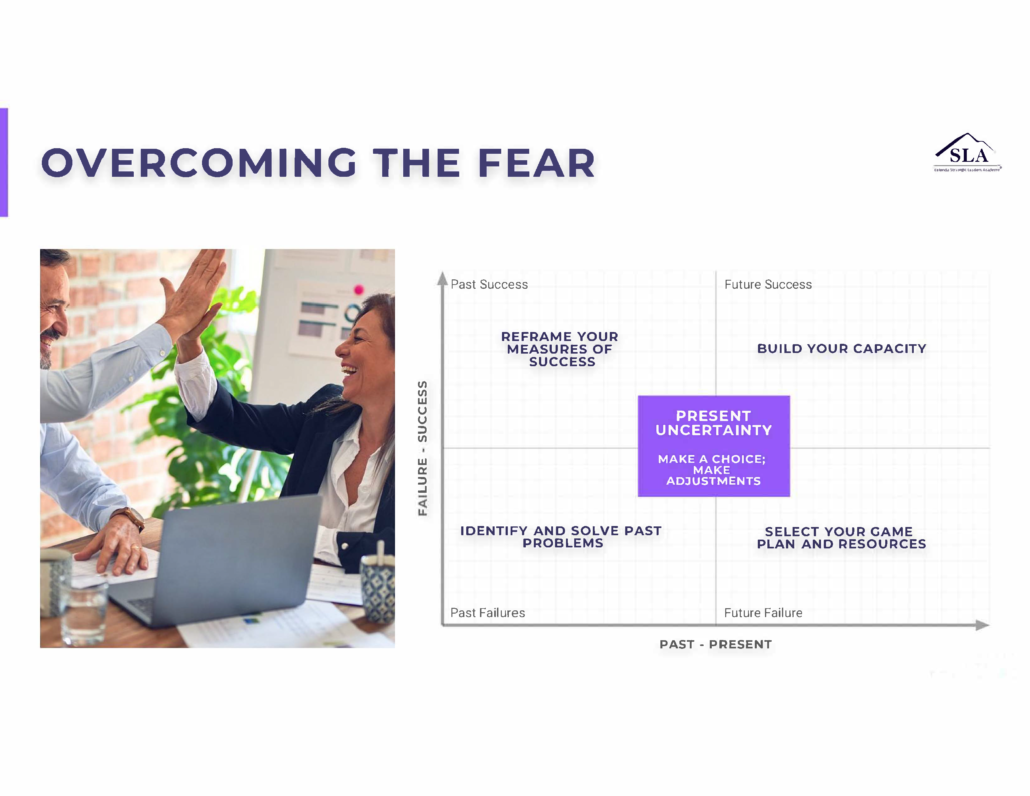As a second wave of COVID infections race across the U.S., nonprofit and foundation leaders face a daunting future. How will you succeed in 2021? The COVID19 pandemic has affected all sectors of society. While most businesses have suffered setbacks and have tried to pivot toward new profitability areas, nonprofits and foundations face particular leadership and management challenges as they strive to continue their organizations’ missions. Nonprofit revenues have fallen by as much as 75 percent, and most organizations cannot provide services in the manner they are used to providing.
I interviewed seven senior leaders–presidents, vice presidents, executive directors, and senior board members of well-known nonprofits and foundations to learn about the challenges they face. I opted to offer them non-attribution so I could garner their full participation. The leaders were diverse, both female and male, from different geographic regions and backgrounds. I asked each of them about their current thinking on the following: nonprofit leaders’ most important focus areas and tasks; general challenges for a nonprofit or foundation; the importance of organizational culture; the importance of a winning strategy; and what action steps they think leaders should take in the aftermath of the COVID19 pandemic. As a group, they were eager to offer their thoughts and very candid in their responses.
Nonprofit leaders’ most important focus areas and tasks in the current era
People first! The COVID pandemic has upended the lives of our workers. Normally, the focus of a nonprofit or foundation is adherence to the mission. But the majority of leaders I spoke to are concerned about their workers’ mental and physical wellbeing. It is time to keep close tabs on their moods and challenges they and their families face or risk burnout, and low employee engagement and retention.
That said, more than ever, a nonprofit or foundation must have a clearly articulated mission, vision, and strategy. Leaders are concerned that a newly distributed or virtual workforce can easily veer from the organization’s priorities, contributing to mission or scope “creep,” which dilutes impact and wastes scarce resources on unimportant work. A way to combat this “creep” is to focus on the “why” of the organization’s mission to maintain focus in a distributed workforce.
Although not their top priority, the leaders I spoke with are adamant that they must continue to focus on sustainable funding and programmatics. A sound business model can weather short to medium term “black swan” events. Also, nonprofit and foundation leaders must involve their board members in the fundraising and revenue planning and require transparency in the metrics.
Current leadership challenges for a nonprofit or foundation
A huge concern of the leaders I spoke with is retention. The cost of hiring and training talented staff is approximately twice the expected annual salary of each worker lost to attrition. So training and retaining a multi-talented workforce, especially during the pandemic, is a critical challenge. I say multi-talented because several leaders were passionate about cross-training their workforce to ensure the loss of any one employee does not hamper operations. Position descriptions must include tasks normally performed by others.
Three leaders’ top concern was their own “leader isolation” from their team, exacerbated by COVID lockdowns and reliance on virtual meetings. They feel that they are losing the ability to sense where the organization is and where it is going.
The third most common leadership challenge I heard was dealing with the current crisis while keeping an eye on and aligning with the organization’s long-term strategy. Several leaders find themselves in “fire-fighting” mode, focused on the challenges brought on by the pandemic while knowing that they need to spend more time on growing their revenues or modifying their strategy or mission. It has been a juggling act between short-term pivots and long-term action plans.
The importance of a positive organizational culture
All of the leaders I interviewed place a high priority on cultivating a positive workplace culture, especially during these difficult times. Culture is an outgrowth of the organization’s values and indicates the degree that its leadership and workforce buy into those values. That includes the board. One leader noted that toxic internal culture could permeate the board.
Cultural change is challenging and can take significant effort, especially among a distributed workforce. Leaders say you achieve culture change in the long term by continuously communicating and living the organization’s values in all media publications, in meetings, and in staff check-ins.
Some leaders said it is important to communicate the shorter term “wins” to staff, especially in a virtual workplace. All agreed that frequent staff check-ins are key to gauging staff welfare. At the same time, a few commented that part of their organizations’ culture-building plan is to allow staff work hours flexibility since working at home can create family conflicts that can affect their productivity.
A winning strategy is key
Six of the seven leaders said that their organization has a written strategy and that it is a must-do, as it creates alignment and guides their annual action plans. Two leaders noted that it’s best to keep the strategy short, simple, and easy to communicate. Most agreed that the strategy should look out no longer than three to five years, and it must be flexible to changing conditions to remain relevant during upheavals like the COVID pandemic.
The leaders unanimously stated that nonprofit strategies are important for the board, who are not in constant contact with the organization. Hence, the board must be part of the strategy writing process and help shape it. Once the strategy is final, the board must support and promote it.
Finally, several leaders noted that adhering to a winning strategy helps prevent nonprofits and foundations from mission or scope creep and the possible resulting staff confusion or burnout in the event of massive disruptions like COVID.
Action steps to take in the aftermath of the COVID19 pandemic
Five of the nonprofit and foundation leaders I interviewed offered some great action steps to move your organization forward during an upheaval like COVID:
· Nonprofit leaders must recognize both immediate and emerging community needs and realize that while providing material needs first, the effort must also identify emerging social requirements. An example: While providing food, shelter, and medical assistance to the jobless population, a successful nonprofit leader also partners with the local business community to find identify emerging local workforce shortages in the IT sector, and then creates IT training programs that benefit both the jobless and the local economy.
· Nonprofits must prove their relevance and be responsible to their stakeholders. A leadership training program for executive directors, senior staff, and the board of directors can help improve alignment to strategy and immediate priorities and build trust to improve return on investment in the current environment. Also, make sure to place staff in positions that maximize their talent and interests to improve productivity and guard against a toxic workplace culture or worker burnout.
· Nonprofit leaders must have the ability to pivot to their community’s needs. The key is trained staff who can recognize shifting requirements or priorities and make bold decisions. And be agile and ready to continuously pivot as needs are met and new conditions arise.
· Nonprofit leaders, including boards, should conduct a look-back, or “hot wash” of their organization’s reaction to the onset of the COVID pandemic, and create an after-action report to recommend changes required to their strategy; realign their mission/vision/goals/priorities; create a staff training program to deal with “black swan” events, and most importantly, decide if a fundamental change in mission is needed, or even a merger with another organization.
· Find the wins. Embrace innovation to continue your mission with new IT tools. An unexpected outgrowth of the virtual workplace is recognizing that it levels the playing field between headquarters staff and field workers. Virtual meetings provide opportunities for inclusion as each staff member is a distinct “square” on the screen rather than sitting behind the leaders in a conference room. Headquarters junior staff and staff in the field are speaking up and having their voices heard for the first time. Also, one organization broke its annual plan into three 4-month sprints to maximize its flexibility to pivot as conditions change.
I would offer the following two action steps nonprofit leaders can take now to create momentum going into 2021:
· Individual weekly check-ins with your leadership and middle management teams are a great way to communicate your organization’s values. Don’t forget to ask each team member what you can do to help them overcome the challenges of working remotely. Here is a link to a free worksheet that will guide you through the check-ins: https://strategicleadersacademy.com/check-in
· Leading with authenticity begins with knowing your WHO — your leader-persona. Leaders tend to be one of four broad leader-archetypes. Some people lead like Steve Jobs. Others like Oprah Winfrey, Queen Elizabeth II, or Abraham Lincoln. Authenticity is about understanding and owning your WHO — being yourself as a leader. Once you know your WHO, you can be very intentional about becoming the best version of yourself. Once you know the WHOs of your team, you can help them become the best versions of themselves. Imagine the increase in productivity, engagement, and morale when everyone brings the best version of themselves to work every day. Take our assessment to find out if you are a Maverick, Pioneer, Operator, or Reconciler. Share it with your team and compare results. Do you have key leaders among all 4 types? Check out our free quiz: https://strategicleadersacademy.com/TLleaderquiz
The events of 2020 have certainly brought a lot of upheaval to the nonprofit industry. But with the right mindset, leaders can set up their organizations to thrive in 2021. While focusing on mission is important, nonprofit leaders should also be evaluating organizational changes that result in increased resilience in their teams. If the events of 2020 tell us anything, it is that our people are and should be our priority.
Now is a great time to renew your focus on your nonprofit or foundation’s mission, values, culture, and strategy. If you’d like to schedule a call, we can discuss your top three goals for 2021, the top three obstacles that are preventing you from obtaining those goals, and some action steps you can take now, all for free. I can be reached at Thomas.luscher@strategicleadersacademy.com.












